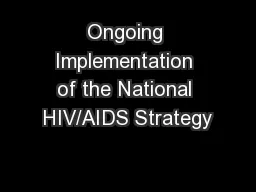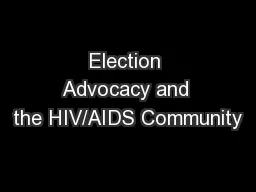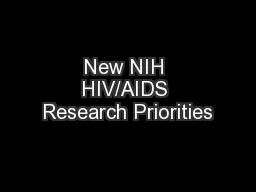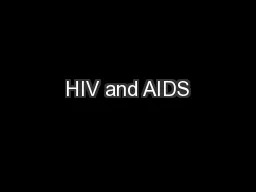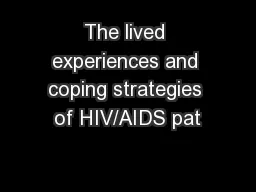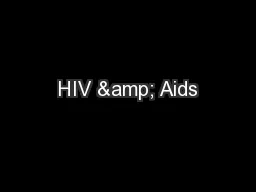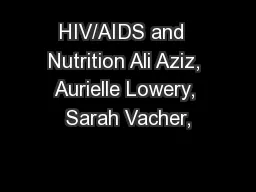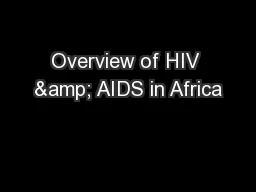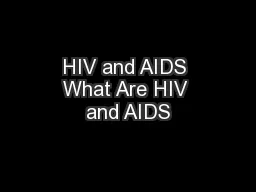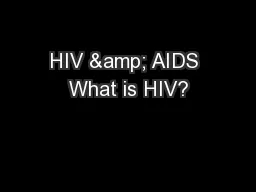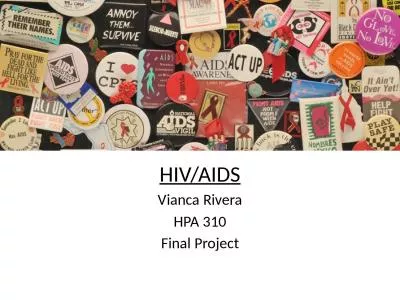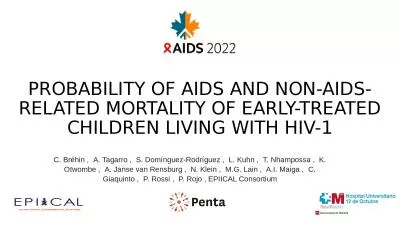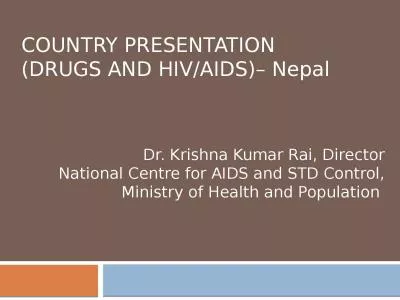PPT-Ongoing Implementation of the National HIV/AIDS Strategy
Author : luanne-stotts | Published Date : 2018-10-12
Los Angles February 14 2013 Grant Colfax MD Director Office of National AIDS Policy Domestic Policy Council The White House The National HIVAIDS Strategy Overview
Presentation Embed Code
Download Presentation
Download Presentation The PPT/PDF document "Ongoing Implementation of the National H..." is the property of its rightful owner. Permission is granted to download and print the materials on this website for personal, non-commercial use only, and to display it on your personal computer provided you do not modify the materials and that you retain all copyright notices contained in the materials. By downloading content from our website, you accept the terms of this agreement.
Ongoing Implementation of the National HIV/AIDS Strategy: Transcript
Download Rules Of Document
"Ongoing Implementation of the National HIV/AIDS Strategy"The content belongs to its owner. You may download and print it for personal use, without modification, and keep all copyright notices. By downloading, you agree to these terms.
Related Documents

